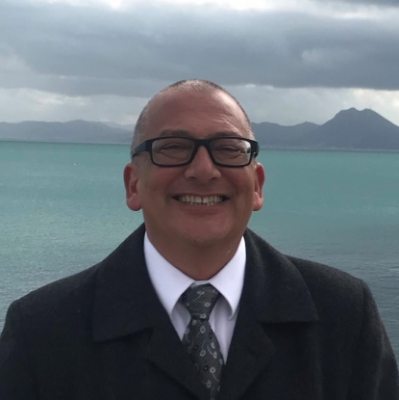Reading a Gravel Driveway in Fredericksburg, Virginia, USA
It’s just about the end of summer here in Charlotte, North Carolina, USA and almost time to start a new school year. For this month’s post, I’d like to write about a gravel driveway and reading.
My godparents had a small farm in Stafford County just outside Fredericksburg, Virginia, USA with hogs and chickens and hound dogs. There was a long gravel driveway that led to the two-story red brick house banked by two ditches, where orange lilies bloomed in late spring. In July and August, blackberries grew wild in the fields. We’d pick them for my godmother, who would make pies for us kids.
Virginia is full of history. It was the birthplace of eight U.S. presidents — including four of the first five: George Washington, Thomas Jefferson, James Madison, and James Monroe. Fredericksburg also has a rich U.S. history.
On the banks of the Rappahannock River, the city was established by the Virginia General Assembly in 1728, taking its name from the eldest son of British monarch Frederick, Prince of Wales. In colonial times, it was a thriving wharf. George Washington, the nation’s first president, grew up just across the river in Ferry Farm, where you can still visit his childhood home.
Today, Fredericksburg is a bustling metropolis just off the busy Interstate 95 corridor — an hour’s drive south of the nation’s capital, Washington DC, and an hour’s drive north of Richmond, Virginia. When 11 states ceded from the Union, Richmond was named the capital of the Confederacy. From 1861-1865, four years of civil war ensued, and Fredericksburg was in the middle of two armies with the Rappahannock River creating a natural boundary between North and South. During the Battle of Fredericksburg in 1862, it’s estimated that some 10,000 Black slaves crossed the Rappahannock River to the Union lines and their freedom.
One of them, John M. Washington, wrote a narrative, Memory of the Past, where he describes, among other things, his river crossing. For more than one hundred years, the manuscript was buried deep within the Library of Congress and was only recently rediscovered by historians.
You can still find Civil War relics in the ground in Virginia — fragments from the first modern war, mass armies, and weapons of destruction manufactured by an industrial revolution.
Back on the farm, we’d take the metal detector that my brother received for his birthday and hunt for relics. We found white cone-shaped lead Civil War bullets in the gravel drive. I kept one and still have it today.
If you were very lucky, you might even find an arrowhead chipped out of black stone — a reminder of the Powhatan and Monacan native peoples who called the farm home long before my godparents did. I saw an old farmer once reach under a wooden barn and pull out a handkerchief filled with the arrowheads that he had unearthed in the red clay soil where the sweet potatoes grow.
The earth has a memory. My godparents’ gravel driveway did, too. The bits and pieces we found there were reminders of the history beneath our feet and that someone else was once there — before us. There’s a line from William Nicholson’s play, Shadowlands: “We read to know we are not alone.” Great books on a library shelf, a musical composition, a black and white photograph, and even a gravel driveway are all texts. As contemporary readers, we dig through them and unearth meanings.
I’ll end the summer and this post with a few questions inspired by a gravel driveway in Fredericksburg, Virginia, USA:
- Who called your home “home” before you did?
- What texts did they leave behind?
- How does reading bring you closer to knowing their stories and understanding your own?

